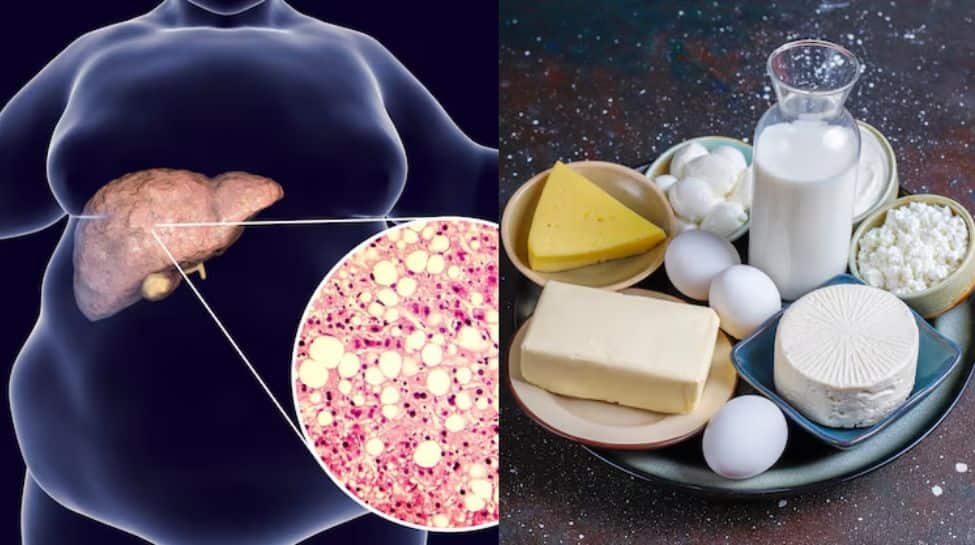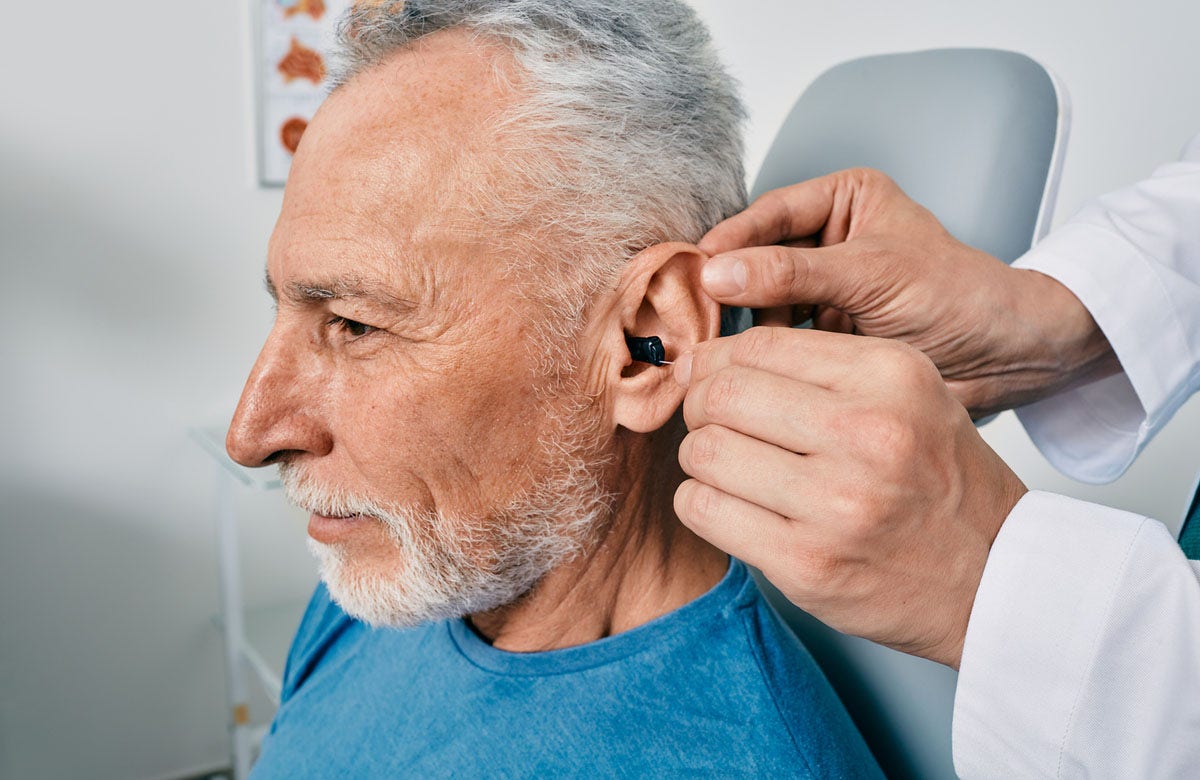Smoking remains one of the leading causes of preventable death worldwide, exerting a profound impact on both individual health and public well-being. The habit of smoking tobacco products, including cigarettes and cigars, exposes individuals to a myriad of health risks, ranging from respiratory ailments to life-threatening diseases. The inhalation of tobacco smoke introduces a complex mix of chemicals into the body, triggering inflammation, damaging tissues, and increasing the risk of developing various cancers.
According Dr Ishu Gupta, Chief Oncologist, Cancel Cancer Hospital, Delhi, “Tobacco use has long been recognized as a significant health hazard, contributing to a range of lethal diseases. In India, the statistics on oral cancer are particularly alarming. Recent data highlights the country’s substantial burden of oral cancer cases, with a high prevalence directly linked to tobacco use. The urgent need for preventive measures is evident, underscoring the importance of public awareness campaigns, tobacco cessation programs, and support systems to educate individuals about the dangers of tobacco use and assist those looking to quit.”
Link Between Tobacco Consumption And Cancer
The correlation between tobacco consumption and the emergence of oral cancer serves as a stark reminder of the perils associated with this habit. “Nicotine, a key component of tobacco, plays a central role in the development of cancerous cells in the oral cavity. This highly addictive substance, found in cigarettes, cigars, and smokeless tobacco products, not only traps individuals in the habit but also contributes to the onset of cancer,” highlights Dr Ishu Gupta.
How Tobacco Consumption Causes Oral Cancer
The chemicals released during the combustion of tobacco expose the delicate tissues in the mouth to harmful substances, triggering chronic inflammation and cellular damage.
Tobacco smoke is laden with a dangerous mix of carcinogens, including formaldehyde, benzene, and acrolein, which can lead to the formation of precancerous lesions like leukoplakia and erythroplakia. If left untreated, these lesions can progress to full-blown mouth cancer.
Smokeless tobacco products, such as chewing tobacco and snuff, pose an equal threat to oral health. Direct contact with the gums, lips, and inner cheeks exposes these areas to concentrated doses of harmful chemicals, leading to continuous irritation and abrasion. This can result in the development of malignant tumors, particularly in areas where the tobacco is in constant contact.
Recognizing the insidious yet devastating nature of tobacco-related oral health risks empowers us to make informed decisions, protecting our well-being and that of future generations. Public education, cessation programs, and support networks are vital tools in combating this preventable epidemic.















































